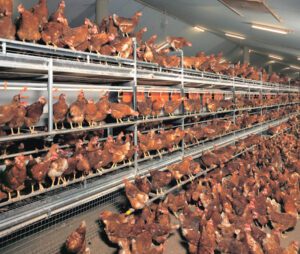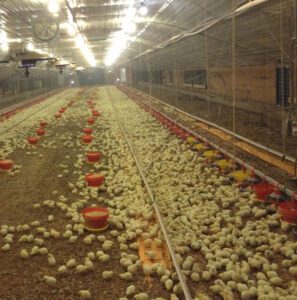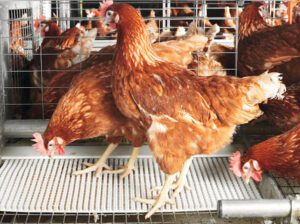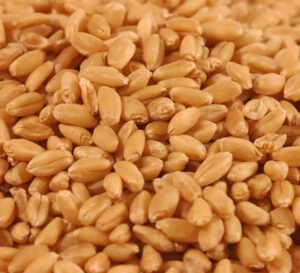Determining guinea fowl gender is important, especially if you are raising guinea fowl either for meat and eggs or just as pets. Actually raising guinea fowls is gaining popularity gradually.
Most of the people are raising guinea fowls mainly for their tender and flavorful meat and eggs. Along with this, guinea fowls are also great for protecting your property from predators and serving as natural pest control.
By the way, determining guinea fowl gender is important whether you have a few or several guinea fowls. Although determining guinea fowl gender requires lots of experience and patience.
Guide for Determining Guinea Fowl Gender
There are many different methods for determining guinea fowl gender. Some common methods for telling male and female guinea fowls are observing vent, sound, body appearance etc. Here we are describing more about all these methods.
Physical Differences
It’s not wise to rely on the visual differences while determining guinea fowl gender. Because in most cases, both male and female guinea fowls look very similar.
Especially, the keets don’t have any physical differences. Most notable physical differences of male and female guinea fowls are their wattles and helmet.
Observe the Wattles of the Birds
Male and female guinea fowls look very similar. But observing their wattles can be a great way for determining guinea fowl gender.
Wattles are actually flaps of skin that hang from a bird’s head or neck. The adult male guinea fowls have large, elongated wattles that folds upward toward the upper jaw.
On the other hand, wattles of the female guinea fowl will look fairly flat. And in case of size, the wattles in female guinea fowls are much smaller than that of a male.
Observe the Size of the Helmet
The casque or helmet of the guinea fowl is actually a prominent horn-like structure on the top of their head.
The helmet on the female guinea fowl is much smaller than that of the males.

Sometimes the helmet can look very similar in both male and female guinea fowls. But in most cases, the females have short and narrow helmet.
Vent Method
Vent method for determining guinea fowl gender is also a good way. Here we are describing more about this system.
First of all, turn the guinea fowl upside down by using one of your hands. Then push it’s tail towards it’s head and expose the cloaca.
The cloaca is actually the circular opening where reproductive, urinary and digestive fluids exit from a bird’s body. Use your other hand and place the index finger and thumb on either side of the vent.
Gently separate those fingers to stretch and push out the cloaca (use gentle, yet firm pressure while exposing the cloaca). And then examine the phallus of the bird.
The male guinea fowl’s phallus is generally longer and thicker than that of a female guinea fowl. The phallus will become more visible and distinguishable in the birds when they are of around 8 weeks of age.
Listening to the Sound
Gender of the guinea fowl can be determined by their vocalizations, but you should wait until the birds are enough aged.
Generally the guinea fowls do not begin to vocalize until they are about 8 weeks of old. So, this method is not good for determining gender of the keets.
Generally the male guinea fowls make a 1-syllable call that sounds like ‘chek’. Some people consider this sound to the sound of a machine gun. Whatever, the vocalization of the male guinea fowl will either be a chirp or a yelp repeated at varying intervals.
The female guinea fowls also make the same 1-syllable ‘chek’ sound, just like the males. Sometimes the females can make a 2-syllable call that can sound like a variety of words.
Generally the first syllable of the female guinea fowl’s call will be short, and the second syllable will be longer and rising in tone.
Observing their Behavior
Observing the behavior of the guinea fowls is also another good way for determining guinea fowl gender. Behavior of the birds sometime gives clues.
The male guinea fowls are generally more protective than the females (especially during breeding season). Occasionally you will see the males are fighting or chasing one another for gaining dominance.
These are the common methods for determining guinea fowl gender. Follow these methods for identifying male and female guinea fowl from your flock. Good luck!







I like this post, enjoyed this one thank you for posting. I have some guineas and searching for similar information for a few days. Thanks you